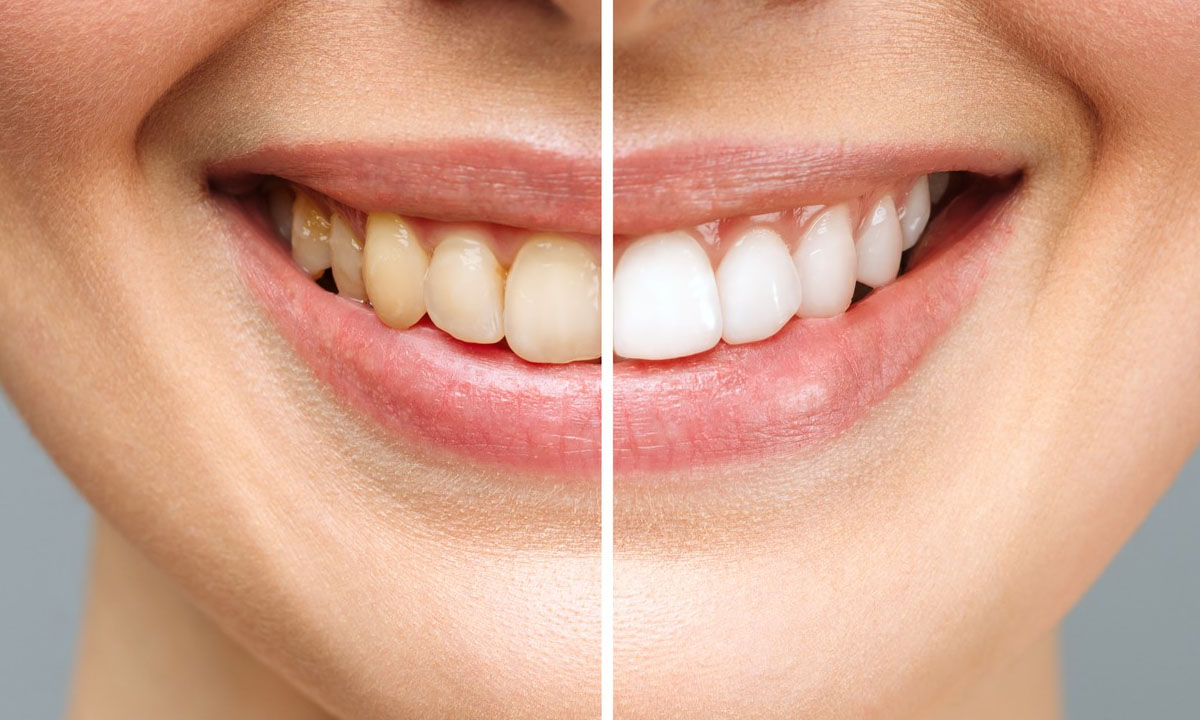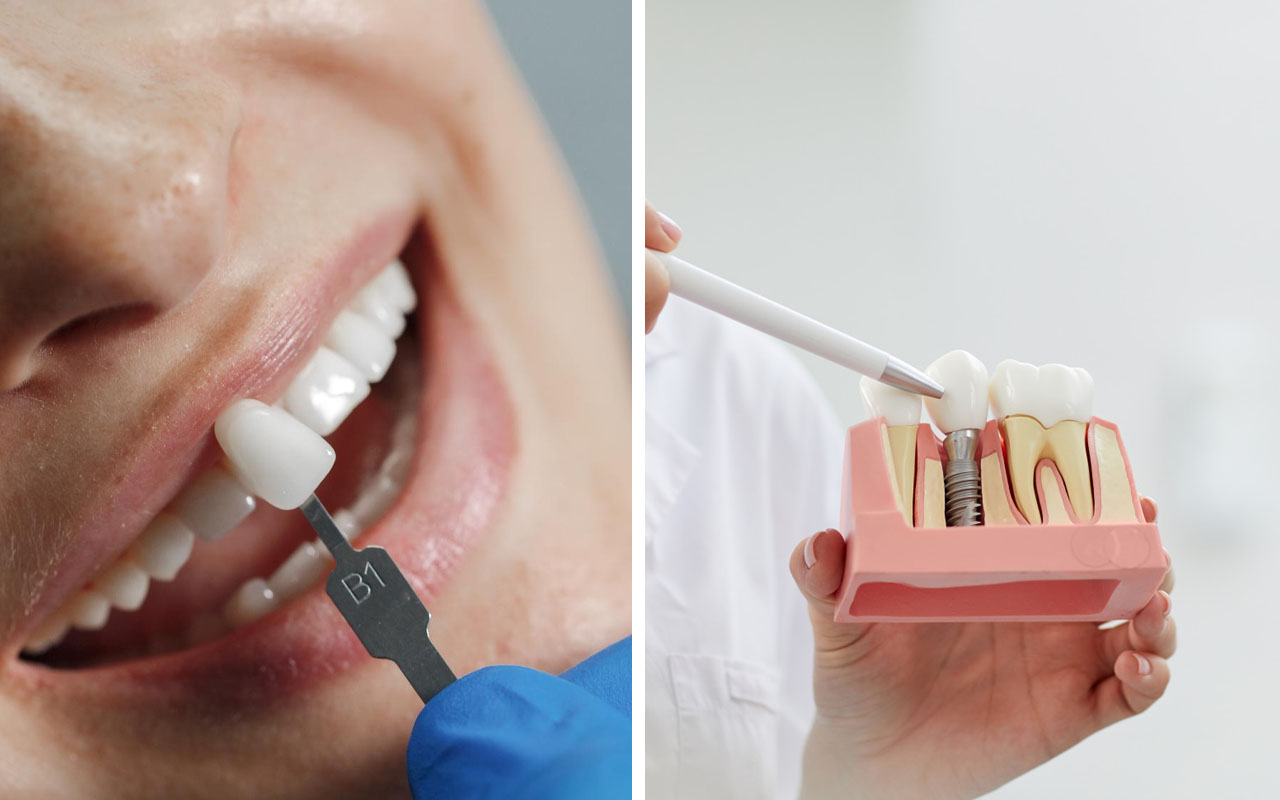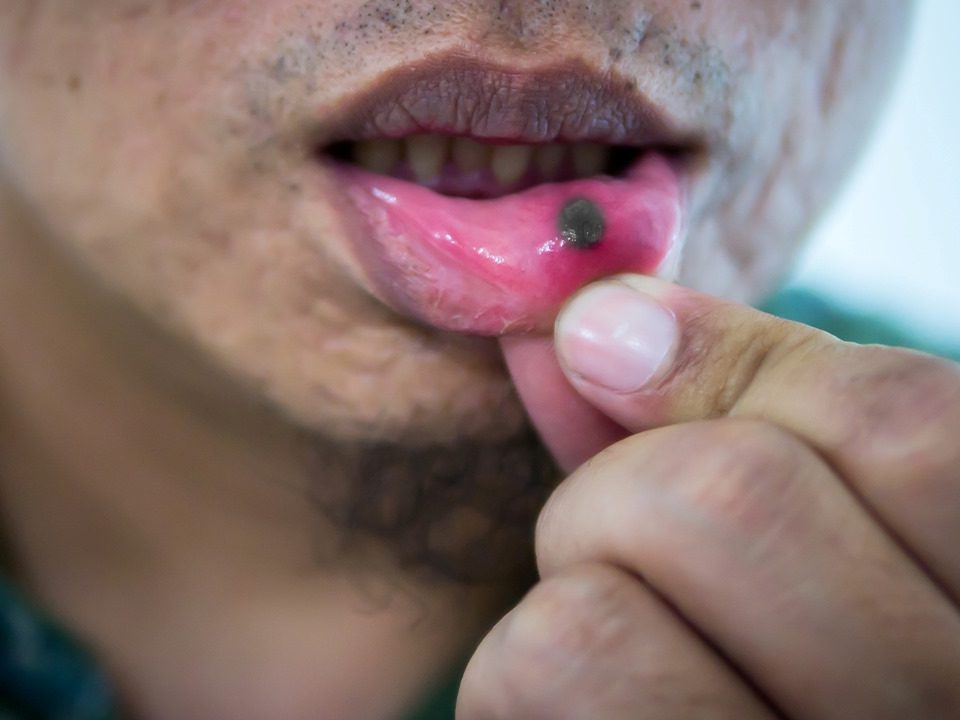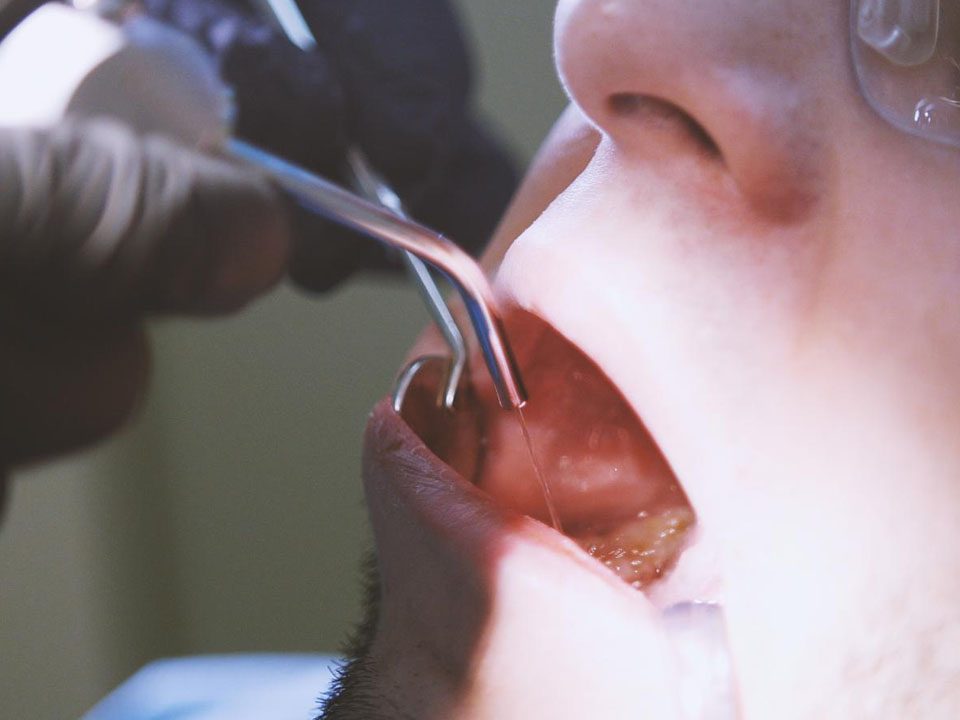
How to Treat Burned Gums from Teeth Whitening?
August 21, 2024
Veneers vs. Lumineers: Cost, Difference, Pros and Cons
August 28, 2024Tooth infections are painful and may lead to serious health problems if not treated properly. Once a tooth is infected, it causes discomfort and even fever. You can see tooth extraction infection pictures for a better understanding. In case the infection is severe, a dentist may recommend extracting the tooth. Let’s find out everything you need to know about infected tooth extractions.
Infected Tooth Extraction Site
After a dentist removes an infected tooth, the extraction site requires care to heal properly. You may notice some swelling or mild bleeding, which is normal. The dentist will give you instructions on how to keep the area clean and prevent infection. Proper care of the extraction site in Arizona includes gentle rinsing with salt water, avoiding smoking, and staying away from hard foods.
What Does an Infected Tooth Extraction Look Like?
After an infected tooth is extracted, the area will look like a hole in the gum where the tooth used to be. You may see blood clots forming in the hole, which is a normal part of the healing process. The gums around the extraction site may be swollen, red, or sore for a few days. As the area heals, the hole will slowly close up, and the gum tissue will return to normal.
Signs of Infected Tooth Extraction
Even after an infected tooth is removed, there is still a risk of infection at the extraction site. It’s important to contact your dentist if you experience any of these symptoms. Watch for signs such as:
- Severe pain that persists or worsens
- Swelling around the extraction site
- Redness or warmth in the gums
- Foul taste or bad breath
- Pus discharge from the extraction area
- Fever or chills
- Difficulty opening the mouth or swallowing
Infected Tooth Extraction Antibiotics
If you have a tooth infection, your dentist might prescribe antibiotics before or after the extraction to fight the infection. Common antibiotics prescribed for an infected tooth extraction include:
- Amoxicillin is often the first choice as it is inclusive of a broad range of bacteria.
- Clindamycin is used for patients allergic to penicillin or when the infection doesn’t respond to other antibiotics.
- Metronidazole, combined with other antibiotics to treat anaerobic bacteria, thrives in low-oxygen areas like an infected tooth socket.
- Penicillin VK is another common option for treating dental infections.
Infected Wisdom Tooth Extraction
Infected tooth extraction might also include wisdom teeth, which cause problems because they are hard to clean and can easily get infected. Due to the location of the tooth, infected wisdom tooth extractions in Arizona can be more complex, but they are a common procedure. Your dentist will provide instructions for care after the extraction.
Infected Wisdom Tooth Extraction Site
After a wisdom tooth is removed, the extraction site may feel sore for a few days. You might also see some swelling in your jaw. Avoid using straws, as the sucking motion disturb the formed blood clot in the extraction site, which lead to complications like dry sockets.
Is it Safe to Extract an Infected Tooth?
Yes, it is safe to extract an infected tooth and necessary to prevent the infection from spreading. Delaying treatment for an infected tooth causes more serious health problems, such as infection spreading to your neck, jaw, or other parts of your body. A dentist will carefully evaluate your condition before recommending extraction and ensure the procedure is as safe as possible.
Will Extracting Tooth Stop Infection?
In many cases, removing the infected tooth will stop the infection from spreading. However, if the infection is severe, your dentist may also prescribe antibiotics to help clear it up. Extracting the tooth removes the source of the infection and allows your body to heal. Without the infected tooth in place, bacteria have less opportunity to cause further problems.
Will Pulling an Infected Tooth Stop the Pain?
Yes, pulling an infected tooth stops the pain. However, relief may not be immediate, as some discomfort and swelling may persist while the area heals. Proper post-extraction care, along with any prescribed antibiotics or pain medications, helps ensure full recovery and pain relief.
How Do Dentists Remove an Infected Tooth?
Dentists follow a straightforward process to remove an infected tooth. First, they numb the area with a local anesthetic. Here’s how extraction is typically done:
- Local anesthesia numbs the area to ensure the patient doesn’t feel pain.
- To loosen the tooth, the dentist uses an elevator from its socket gently.
- Once the tooth is loosened, forceps are used to remove it from the socket carefully.
- The socket is cleaned to remove any remaining infection or debris.
- If needed, the dentist may place stitches to help the area heal properly.
- A gauze is placed over the extraction site to manage bleeding and promote clot formation.
Safe Tooth Extraction Near Me in Arizona
At Atrium Dental, your health and comfort are our top priorities. If you’re dealing with tooth pain or infection, don’t wait. Schedule your appointment so our team will provide you with the best care and help you get back to smiling confidently. Visit our website or call now to book your consultation and take the first step toward better dental health.
Conclusion
Extracting an infected tooth can provide relief and prevent further complications. Whether it’s a wisdom tooth or another molar, removing an infected tooth stops the source of the problem and helps your body heal. Always follow your dentist’s care instructions after an extraction to avoid new infections and ensure proper healing. Don’t ignore the signs of an infected tooth—address the problem early to protect your overall health.
FAQs
Can you pull a tooth that is infected at home?
No, attempting to pull an infected tooth at home is dangerous. Always seek professional dental care for tooth extractions.
Is it dangerous to extract an infected tooth?
No, it is not dangerous. In fact, extracting an infected tooth is often necessary to prevent the infection from spreading.
Can I have surgery with a tooth infection?
It depends on the severity of the infection. Your dentist or surgeon will evaluate your condition and decide the best procedure prior to surgery.



